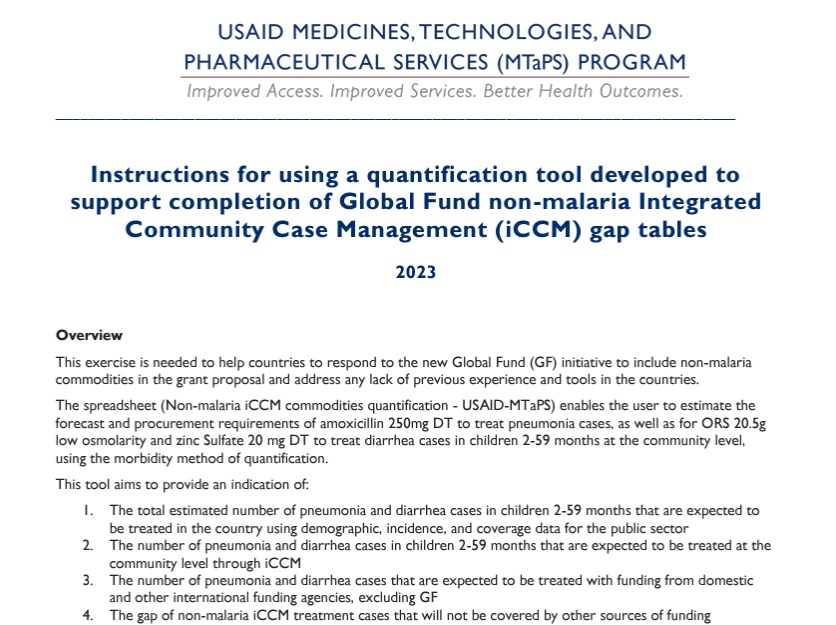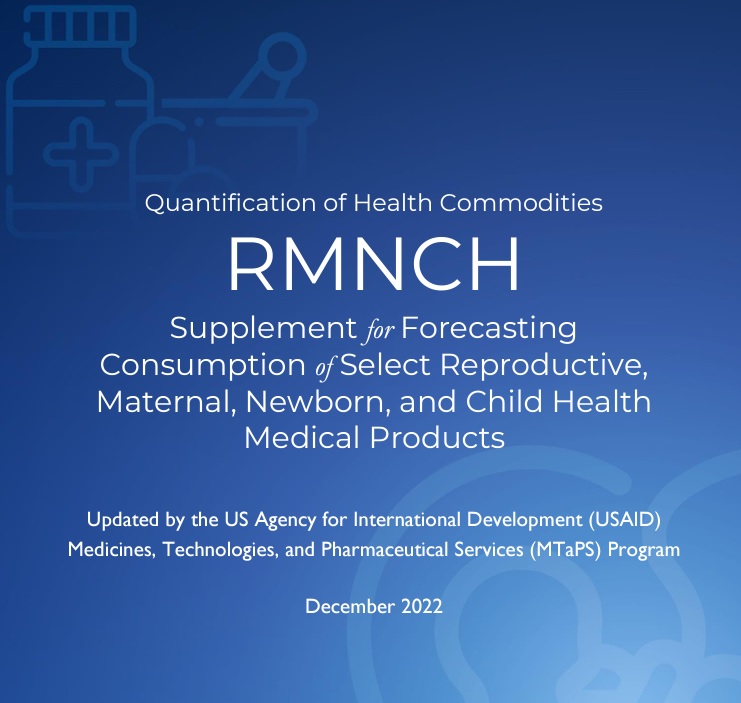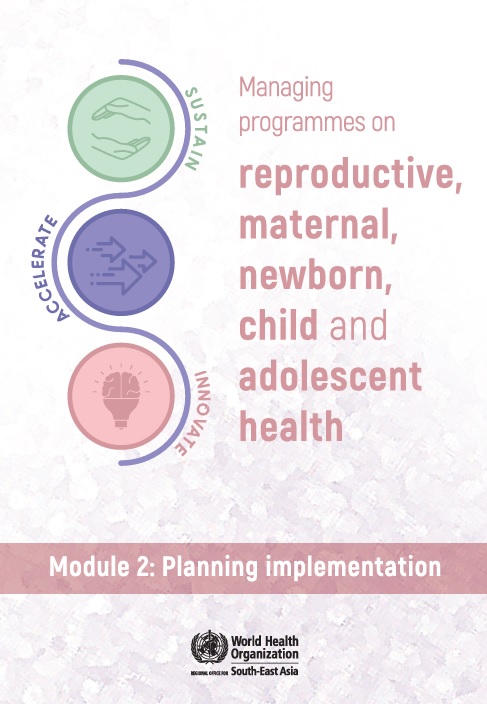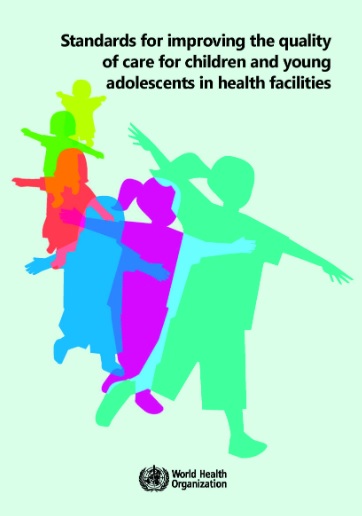There are several essential components to ensure that activities are carried out and implemented effectively to reduce child mortality. Ongoing coordination and advocacy for child health at national and sub-national levels; ensuring sufficient resources (human, financial and material) and managing their effective use so that activities can be carried out as planned; enabling a supportive supervision environment to motivate staff and ensure quality care; properly engaging communities to create awareness and demand for health services; and monitoring implementation progress by analyzing routinely collected data. To support countries in planning for the implementation phase, the global CSA working group has developed a CSA implementation checklist with recommended steps and components to ensure successful implementation.
Additional tools and resources around planning, managing, and reviewing implementation progress are also included in this section.










